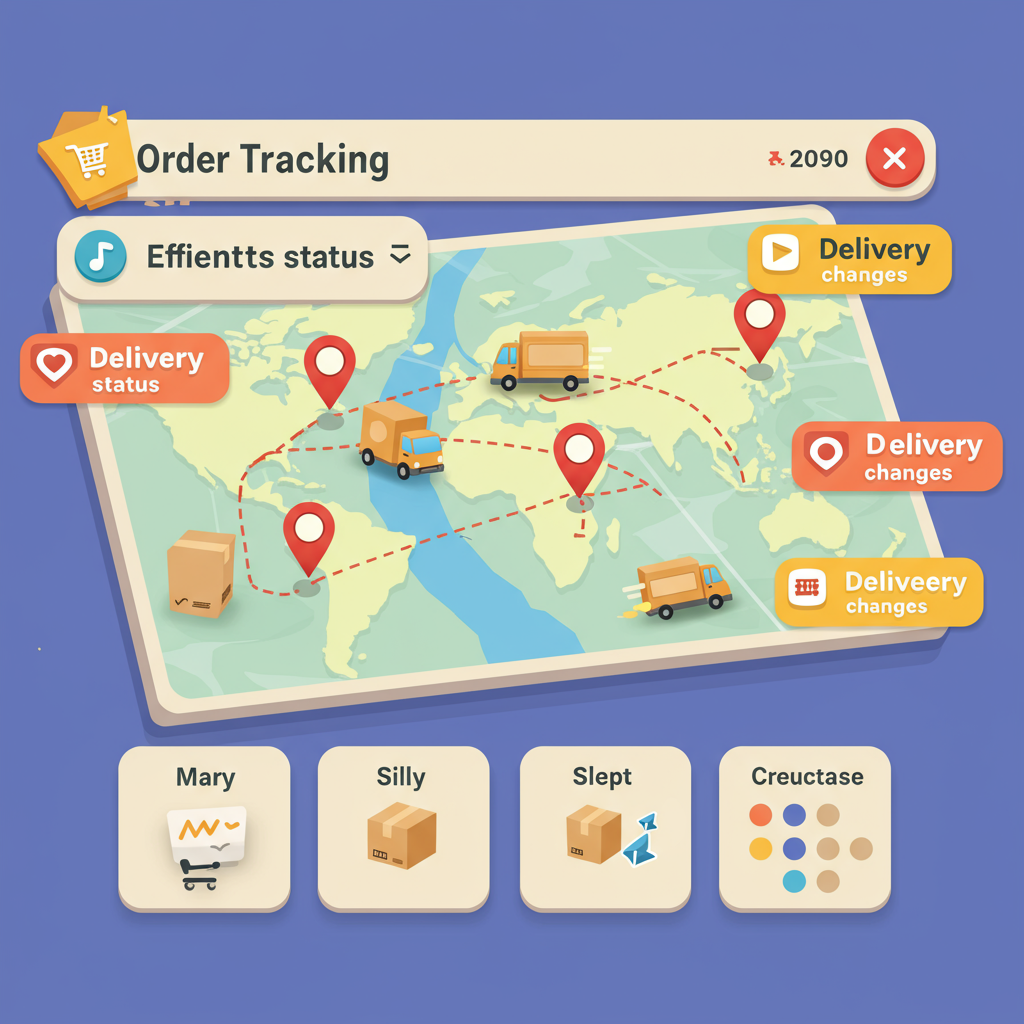Discover how robust order tracking integration can transform your Shopify store, reduce inquiries, and build lasting customer loyalty.
As a Shopify merchant myself, I’ve learned that the journey doesn’t end when a customer clicks ‘buy’.
In fact, that’s often just the beginning of a crucial phase: ensuring their order reaches them smoothly and transparently.
This is where robust order tracking integration becomes not just a nice-to-have, but an absolute necessity for building trust and fostering loyalty.
I’ve seen firsthand how a clear, consistent tracking experience can transform a one-time buyer into a repeat customer.
It’s about managing expectations and providing peace of mind, which are invaluable in today’s competitive e-commerce landscape.
So, why is order tracking so vital for your Shopify store?
Firstly, it dramatically reduces ‘Where Is My Order?’ (WISMO) inquiries.
These repetitive questions consume valuable customer service time and resources that could be better spent elsewhere.
By providing easy access to tracking information, you empower your customers to find answers themselves, freeing up your team.
Secondly, it significantly improves the overall customer experience.
Customers appreciate transparency and control. Knowing exactly where their package is, from dispatch to delivery, builds confidence in your brand.
This transparency fosters a sense of reliability and professionalism, which are key drivers of customer satisfaction.
Thirdly, effective tracking builds trust and loyalty.
When customers feel informed and supported throughout the post-purchase journey, they are more likely to return for future purchases.
A positive delivery experience can turn a casual shopper into a brand advocate.
While Shopify offers basic tracking capabilities, linking directly to the carrier’s website, it often falls short for a truly branded and comprehensive experience.
This native functionality typically lacks a centralized view, branded tracking pages, and proactive notifications.
This is where integrating a dedicated order tracking solution comes into play.
These integrations go beyond a simple link, offering a suite of features designed to enhance the post-purchase experience for both you and your customers.
When I look for an order tracking solution, I prioritize several key features.
Multi-carrier support is paramount, especially if you ship with various logistics partners.
A branded tracking page is essential; it keeps your customers on your site, reinforcing your brand identity rather than sending them to a generic carrier page.
Automated notifications via email or SMS are incredibly powerful.
These proactive updates, from ‘shipped’ to ‘out for delivery’ to ‘delivered,’ keep customers informed without them having to constantly check.
Real-time updates are non-negotiable, providing the most accurate information available.
Analytics and insights are also incredibly valuable, allowing you to monitor delivery performance, identify bottlenecks, and improve your shipping strategy.
Finally, ease of integration with Shopify and reliable customer support from the solution provider are crucial for a smooth operation.
There are two main types of integration you’ll encounter: Shopify Apps and API integrations.
For most merchants, a Shopify App is the easiest and most recommended path.
These apps are designed to seamlessly integrate with your store, often requiring minimal technical knowledge to set up.
API integrations, on the other hand, offer more customization but require development expertise.
If you’re considering implementing an app, here’s my typical process.
First, research and select an app from the Shopify App Store that aligns with your needs and budget.
Look at reviews, features, and pricing tiers.
Once chosen, the installation process is usually straightforward, often just a few clicks.
Next comes the initial setup and configuration.
This involves connecting your shipping carriers, customizing your branded tracking page with your logo and colors, and setting up your notification triggers.
I always recommend thoroughly testing the entire flow.
Place a test order, track it, and ensure all notifications are sent correctly and the tracking page functions as expected.
Finally, communicate clearly with your customers about how they can track their orders.
Include tracking links in order confirmation emails and consider adding a ‘Track Your Order’ link prominently on your website.
To truly excel, I follow a few best practices.
Be proactive with updates, even if there’s a delay, as clear communication builds trust.
Set realistic delivery expectations from the outset.
Use the data from your tracking solution to gain insights into shipping performance and identify areas for improvement.
Always provide clear support channels for any delivery-related issues.
And continuously optimize your process based on customer feedback and performance data.
Some advanced solutions even offer AI-powered predictive tracking, estimating delivery times with greater accuracy, or integrate with returns management systems for a holistic post-purchase experience.
In conclusion, investing in a robust order tracking integration for your Shopify store is not just about logistics; it’s about elevating your entire customer experience.
It’s about reducing friction, building trust, and fostering loyalty that translates into repeat business.
By empowering your customers with transparency and control, you’re not just delivering packages; you’re delivering satisfaction.
What are your thoughts on the importance of order tracking for e-commerce success?
I believe it’s a cornerstone of modern online retail, and I hope this guide helps you enhance your Shopify store’s post-purchase journey.






